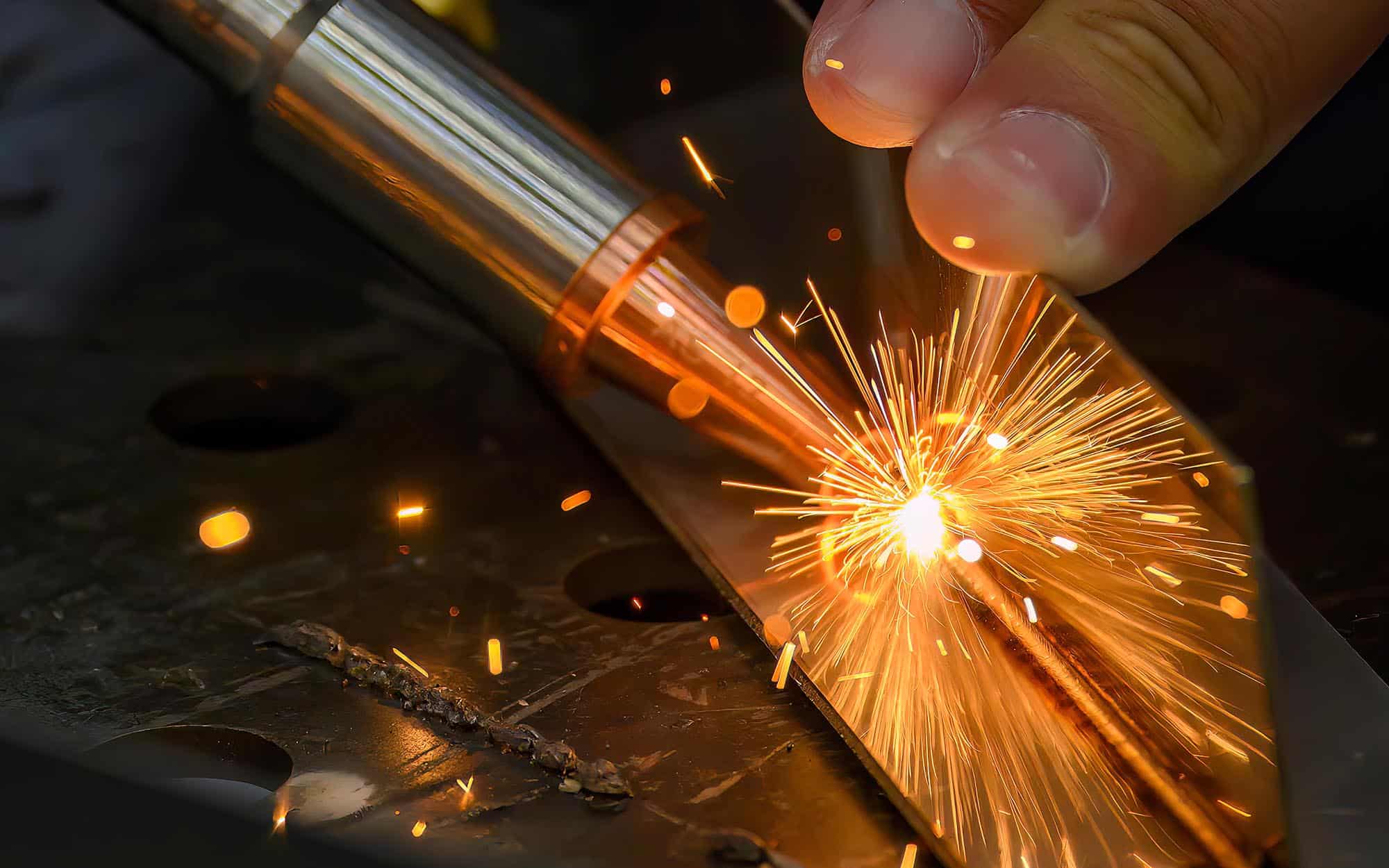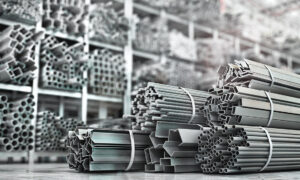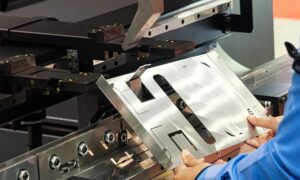The landscape of metalworking and fabrication has undergone significant transformations over the past few decades, driven by advancements in technology and the ever-evolving demands of various industries. Among these innovations, laser welders have emerged as a game-changer, revolutionizing the way metals are joined and fabricated. This article delves into the profound impact of laser welders in modern fabrication, exploring their advantages, applications, and the future they promise for the metalworking sector.
Introduction to Laser Welding
Laser welding is a high-precision welding technique that uses a concentrated laser beam to melt and join metals. Unlike traditional welding methods, which often rely on external heat sources and filler materials, laser welding provides a focused and controlled approach, ensuring minimal heat-affected zones and superior joint quality. The precision and efficiency of laser welders have made them indispensable in industries where accuracy and consistency are paramount.
Advantages of Laser Welders in Metalworking
1. High Precision and Quality
One of the most significant advantages of laser welders is their ability to deliver high-precision welds. The concentrated laser beam ensures that the weld is localized, reducing the risk of distortion and maintaining the integrity of the surrounding material. This level of precision is particularly beneficial in industries like aerospace and automotive manufacturing, where even minor imperfections can have serious consequences.
2. Increased Speed and Efficiency
Laser welding is inherently faster than many traditional welding methods. The ability to deliver energy quickly to the weld joint means that production rates can be significantly increased. This efficiency not only boosts productivity but also reduces labor costs and the time required to complete projects.
3. Minimal Heat-Affected Zone (HAZ)
The minimal heat input in laser welding results in a smaller heat-affected zone compared to conventional welding. This reduces thermal distortion and residual stresses in the material, enhancing the overall strength and longevity of the weld. For applications requiring high structural integrity, such as in the construction of bridges or high-performance vehicles, this is a critical advantage.
4. Versatility and Flexibility
Laser welders are highly versatile, capable of handling a wide range of materials, including steel, aluminum, titanium, and other alloys. They can also be adapted to various welding positions and joint configurations, making them suitable for diverse applications. Some laser welders like this one can even cut metals. Additionally, with advancements in laser technology, it is now possible to switch between different welding parameters quickly, allowing for greater flexibility in production environments.
5. Automation and Integration
Modern laser welders are designed for seamless integration into automated manufacturing systems. They can be controlled by computer numerical control (CNC) systems, robots, and other automated machinery, facilitating high-volume production with consistent quality. This automation capability is essential for industries striving to maintain competitive edge through mass production without compromising on quality.
Applications of Laser Welders in Various Industries
1. Automotive Industry
The automotive sector has been a significant beneficiary of laser welding technology. Laser welders are used in the assembly of car bodies, particularly for joining high-strength steel and lightweight alloys. The precision and speed of laser welding enable manufacturers to produce vehicles that are both strong and fuel-efficient. Additionally, the reduced heat-affected zone helps in maintaining the durability and safety standards of automotive components.
2. Aerospace and Defense
In the aerospace and defense industries, the demand for high-precision and reliable welding is non-negotiable. Laser welders facilitate the construction of critical components such as engine parts, structural frameworks, and aerodynamic surfaces. The ability to weld complex geometries with minimal thermal distortion ensures that aircraft and defense equipment meet stringent performance and safety requirements.
3. Medical Device Manufacturing
The medical device industry relies on laser welding for the production of high-quality, sterile, and precise components. Devices such as surgical instruments, implants, and diagnostic equipment benefit from the cleanliness and accuracy of laser welds. Additionally, the minimal heat input preserves the integrity of sensitive materials used in medical applications.
4. Electronics and Semiconductor Industry
Laser welding plays a crucial role in the electronics and semiconductor sectors, where miniature components and intricate assemblies are commonplace. The ability to perform precise and controlled welds ensures the reliability and functionality of electronic devices. Moreover, laser welding supports the trend towards miniaturization and the production of compact, high-performance electronics.
5. Jewelry and Artisanal Metalworking
Beyond industrial applications, laser welders have found a place in jewelry making and artisanal metalworking. The technology allows for intricate and delicate designs that would be challenging to achieve with traditional welding methods. Artisans can experiment with complex patterns, join dissimilar metals, and create unique pieces with a high degree of craftsmanship.
Technological Advancements Enhancing Laser Welding
1. Fiber Lasers
Fiber lasers represent a significant advancement in laser welding technology. They offer higher beam quality, increased power efficiency, and greater reliability compared to traditional CO₂ lasers. Fiber lasers are particularly suited for precision welding tasks and are becoming increasingly popular in high-volume manufacturing settings.
2. Ultrashort Pulse Lasers
Ultrashort pulse lasers, also known as femtosecond lasers, deliver extremely short bursts of energy, enabling even finer control over the welding process. This technology reduces thermal distortion to an absolute minimum and is ideal for applications requiring ultra-precise welds without compromising the material properties.
3. Hybrid Welding Systems
Hybrid welding systems combine laser welding with other welding methods, such as traditional arc welding, to leverage the strengths of both techniques. These systems offer enhanced flexibility, allowing for the simultaneous application of multiple welding processes, which can improve overall weld quality and production efficiency.
4. Advanced Control Systems
The integration of artificial intelligence (AI) and machine learning (ML) into laser welding systems is paving the way for smarter and more adaptable welding processes. Advanced control systems can optimize welding parameters in real-time, detect and correct anomalies, and predict maintenance needs, thereby enhancing the reliability and performance of laser welders.
Challenges and Considerations
1. High Initial Investment
One of the primary barriers to adopting laser welding technology is the high initial cost of laser welding equipment. While the long-term benefits in terms of efficiency and quality can offset this investment, the upfront costs may be prohibitive for smaller manufacturers or those with limited budgets.
2. Skill and Training Requirements
Operating laser welding equipment requires specialized skills and training. Manufacturers must invest in training their workforce to handle the technology effectively and safely. Additionally, maintaining and troubleshooting laser welding systems necessitates a certain level of technical expertise.
3. Material Limitations
While laser welders are versatile, they may not be suitable for all types of materials or thicknesses. Certain alloys and composite materials might present challenges in achieving optimal weld quality. Ongoing research and development are essential to expand the range of materials that can be effectively welded using laser technology.
The Future of Laser Welding in Metalworking
The future of laser welding in metalworking looks promising, driven by continuous technological advancements and increasing demand for high-quality, efficient fabrication methods. Key trends shaping the future include:
1. Enhanced Automation and Industry 4.0 Integration
As manufacturing moves towards greater automation and the adoption of Industry 4.0 principles, laser welders will continue to play a central role. Integration with smart manufacturing systems, Internet of Things (IoT) devices, and real-time data analytics will enable more intelligent and adaptive welding processes.
2. Sustainable Manufacturing Practices
Laser welding contributes to sustainable manufacturing by reducing material waste, energy consumption, and the need for consumables like filler materials. Future developments will focus on making laser welding even more energy-efficient and environmentally friendly, aligning with global sustainability goals.
3. Expansion into New Industries
As laser welding technology becomes more accessible and cost-effective, its application is expected to expand into new industries and niche markets. Sectors such as renewable energy, robotics, and additive manufacturing will increasingly leverage laser welding for innovative fabrication solutions.
4. Improved Accessibility and Affordability
Advancements in laser technology are driving down costs and making laser welders more accessible to a broader range of manufacturers. As the technology becomes more affordable, smaller businesses and workshops will be able to adopt laser welding, democratizing access to high-precision fabrication capabilities.
Conclusion
Laser welders have undeniably revolutionized the metalworking and fabrication industries, offering unparalleled precision, efficiency, and versatility. From automotive and aerospace to medical devices and artisanal crafts, the impact of laser welding is far-reaching and profound. As technology continues to advance, laser welders will become even more integral to modern fabrication processes, driving innovation and enabling manufacturers to meet the evolving demands of a dynamic global marketplace.
Embracing laser welding technology not only enhances production capabilities but also opens the door to new possibilities in design and manufacturing. For businesses seeking to stay competitive and push the boundaries of what’s possible in metalworking, investing in laser welders is a strategic move that promises substantial returns in quality, efficiency, and innovation.



































